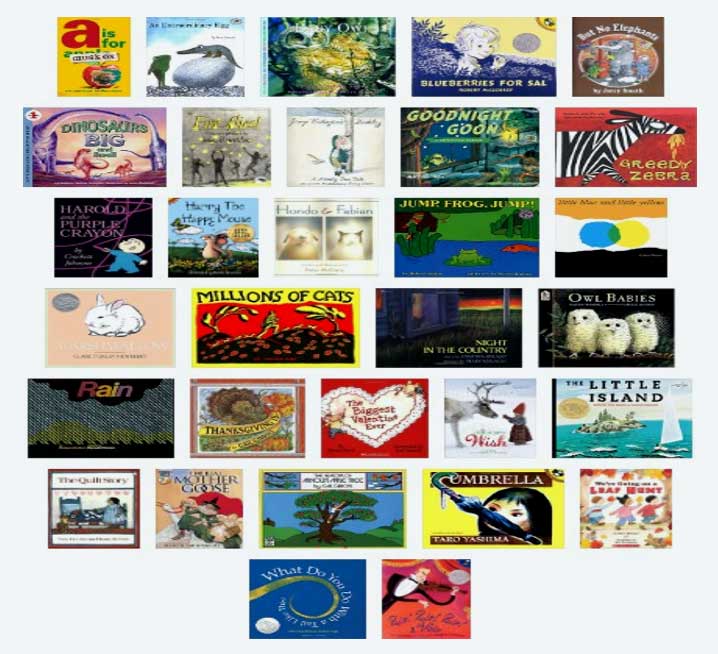Curriculum
Alphas (K5 - 1st Grade)
Math U See (Alpha Set)
- Understanding place value
- Extending the counting sequence
- Solving for an unknown addend
- Understanding the relationship between addition and subtraction
- Fluently subtracting all single-digit numbers
- Telling and writing time by hours and minutes
- Recognizing and drawing rectangles, squares, and circles
- Measuring length by repeating units
- Introducing halves and fourths
- Counting by 2s, 5s, 10s, and 100s
- Reading, writing, and interpreting word problems
Math U See (Beta Set)
- Understanding place value and using it to add or subtract
- Fluently adding and subtracting any combination of whole numbers
- Solving for an unknown addend
- Solving abstract and real-world problems involving addition and subtraction
- Understanding place value and using it to add or subtract
- Fluently adding and subtracting any combination of whole numbers
- Solving for an unknown addend
- Solving abstract and real-world problems involving addition and subtraction
- Telling and writing time by hours and minutes
- Understanding, adding, and subtracting U.S. currency
- Measuring and estimating length with inches, feet, centimeters, and meters
- Comparing numbers and lengths
- Expressing differences between numbers as inequalities
- Finding the perimeter of any polygon
- Representing and interpreting data in plots and graphs
Literature Beyond the Page Curriculum

Deltas (2nd - 3rd Grade
Math U See (Gamma Set)
- Using strategies based on place value and properties of operations to multiply
- Fluently multiplying any combination of whole numbers
- Solving for an unknown factor
- Solving abstract and real-world problems involving addition, subtraction, and multiplication
- Measuring and computing area
- Relating concepts of area to addition and multiplication
- Skip counting as a precursor to multiplication
- Adding and subtracting time in hours and minutes
- Multiplying, adding, and subtracting U.S. currency and standard units of measure
- Representing, recording, and interpreting data
- Understanding of basic fractions
- Estimating and solving measurement problems
Math U See (Delta Set)
- Using strategies based on place value and properties of operations to divide
- Understanding division as solving for an unknown factor
- Fluently dividing any combination of whole numbers
- Solving abstract and real-world problems involving all four operations
- Interpreting remainders in short and long division
- Understanding fraction notation in light of division
- Reading and writing Roman numerals
- Dividing, multiplying, adding, and subtracting U.S. currency and standard units of measure
- Understanding angle measure and geometric shapes including points, segments, rays, and lines
- Classifying shapes based on defining attributes
- Understanding and computing area and volume
Literature Beyond the Page Curriculum

Zetas (4th - 5th grade)
Math U See (Epsilon Set)
- Recognizing and generating equivalent fractions
- Understanding addition, subtraction, multiplication, and division of fractions and mixed numbers
- Fluently adding, subtracting, multiplying, and dividing fractions and mixed numbers
- Using multiple strategies to recognize common factors
- Understanding grouping symbols and their effect on order of operations
- Interpreting and solving word problems
- Comparing and converting decimal fractions
- Finding the area and circumference of circles
- Classifying quadrilaterals
- Representing fractions and fractional measurements on line plots and number lines
- Using coordinates to represent ordered relationships
Math U See (Zeta Set)
- Expanding understanding of place value from positive powers of ten to include decimals
- Fluently adding, subtracting, multiplying, and dividing multiple-digit decimals using place-value strategies
- Solving real-world problems with decimals and percentages
- Understanding the metric system and converting from one unit of measure to another
- Understanding and simplifying exponents
- Understanding negative numbers and representing them on the coordinate plane
- Using properties of operations to simplify and evaluate algebraic expressions
- Interpreting and graphing relationships between dependent and independent variables
- Understanding of plane geometry and geometric symbols
- Using ratio reasoning to solve problems
Literature Beyond the Page Curriculum


